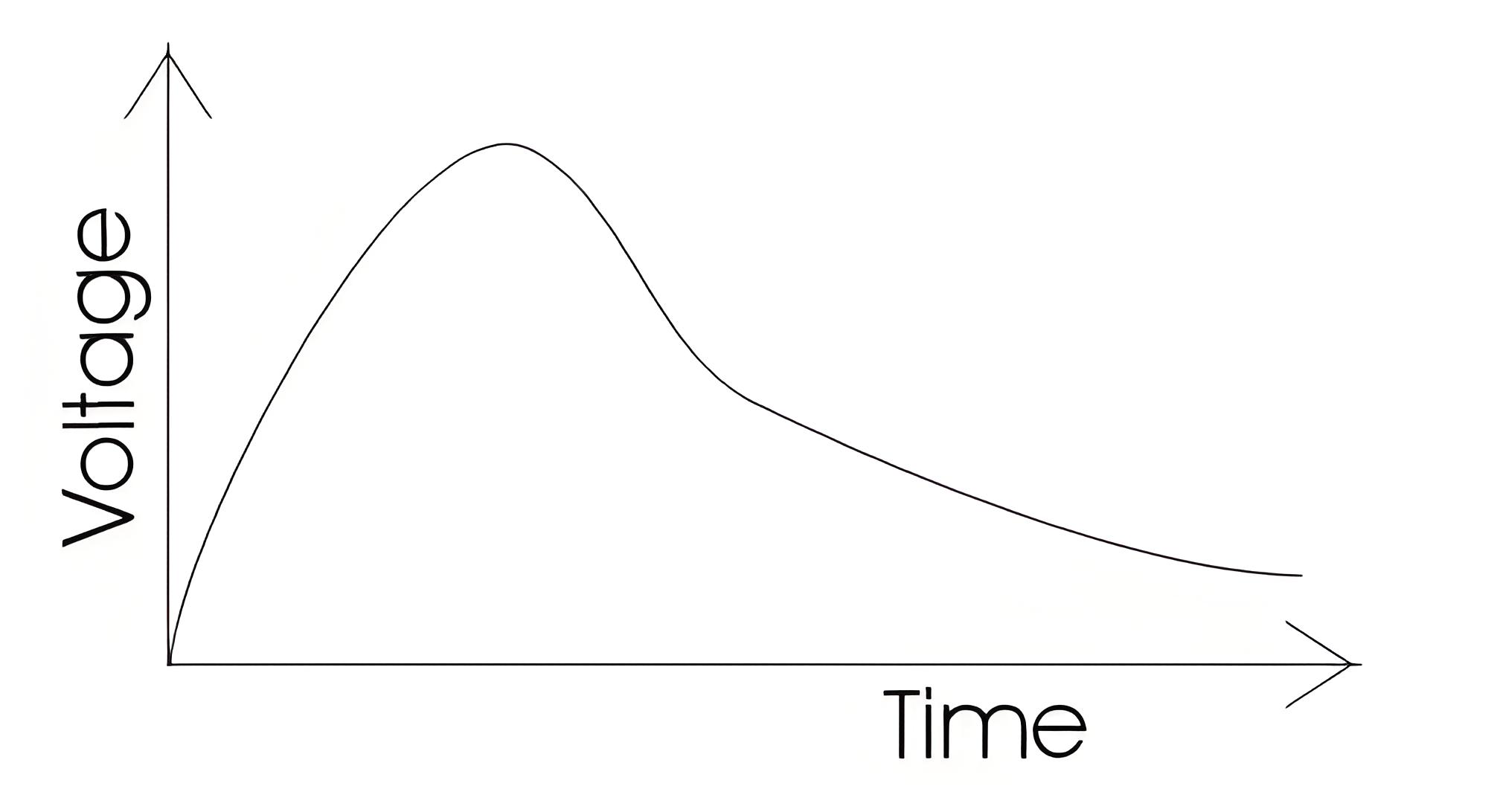What is High Voltage Testing?
What is High Voltage Testing?
High Voltage Testing Definition
High voltage testing involves procedures to ensure that electrical equipment can withstand various voltage stresses during its operational lifespan.
Transformer Testing Methods
Essential to evaluate the integrity of electrical systems, including tests for dielectric strength, capacitance, and breakdown voltage.
Test Types
There are mainly four types of high voltage testing methods applied on high voltage equipment and these are
Sustained low frequency tests
This test is generally done at power frequency (In China it is 50 Hz and in America it is 60 Hz). This is most commonly used high voltage test, carried on H.V. equipment. This test i.e. sustained low frequency test are carried out on a specimen of insulating material to determine and ensure, dielectric strength, dielectric losses of the insulating material. This test is also carried out on high voltage equipment and high voltage electrical insulators to ensure the dielectric strength and losses of these equipment and insulators.
Sustained Low Frequency Testing Procedure
The testing procedure is very simple. High voltage is applied across a specimen of insulation or equipment under test by means of a high voltage transformer. A resistor is connected with series with the transformer to limit the short circuit current in the event of breakdown occurred in the device under test. The resistor is rated with as many ohms as the high voltage applied across the device under test.
That means the resistance must be rated 1 ohm / volt. For example if we apply 200 KV during the test, the resistor must have 200 KΩ, so that during ultimate short circuit condition, the faulty current must be limited to 1 A. For this test the power frequency high voltage is applied to the specimen or equipment under test for a long specific period to ensure the continuous high voltage withstanding capability of the device.
N. B. : The transformer used for producing extra high voltage in this type of high voltage testing procedure, may not be of high power rating. Although although the output voltage is very high, but maximum current is limited to 1A in this transformer. Sometimes, cascaded transformers are used to get very high voltage, if required.
High Voltage DC Test
High voltage DC test is normally applicable to those equipments which are used in high voltage DC transmission system. But this test is also applicable for high voltage AC equipments, when high voltage AC testing is not possible due to unavoidable condition.
For example mainly at site, after installation of equipments it is quite difficult to arrange for high voltage alternating power as high voltage transformer may not be available at site. Hence, high voltage test with alternating power is not possible at site after installation of equipment. At that situation high voltage DC test is most suitable.
In high voltage direct current test of AC equipment, direct voltage about two times of the normal rated voltage is applied across the equipment under test for 15 minutes to 1.5 hours. Although high voltage DC test is not complete substitute of high voltage AC test but still it is applicable where HVAC test is not at all possible.
High frequency test.
The insulators used at high voltage transmission system, may be subjected to breakdown or flash-over during high frequency disturbances. The high frequency disturbances occur in the HV system due to switching operations or any other external causes. High frequency in power may cause failure of insulators even at comparatively low voltage due to high dielectric loss and heating.
So the insulation of all high voltage equipment must ensure the high frequency voltage withstanding capacity during its normal life span. Mainly sudden interruption of line current during switching and open circuit fault, gives rise to the frequency of voltage wave form in the system.
It is found the dielectric loss for every cycle of the power is nearly constant. So at high frequency the dielectric loss per second becomes much higher than that of normal power frequency. This fast and large dielectric loss causes excessive heating of the insulator. Excessive heating ultimately results to insulation failure may be by blasting of insulators. So to ensure this high frequency voltage withstanding capacity, high frequency test is carried out on high voltage equipments.
Surge or impulse test.
There may be great influence of surge or lighting on the transmission lines. These phenomena can breakdown transmission line insulator and it may also attack, the electrical power transformer connected at the end of the transmission lines. Surge test or impulse tests are very high or extra high voltage tests, carried out for investing the influences of surges or lightning on the transmission equipment.
Normally direct lightening strokes on transmission line is very rare. But when a charged cloud comes closer to the transmission line, the line is oppositely charged due to the electrical charge inside the cloud. When this charged cloud is suddenly discharged due to lightning stroke nearby, the induced charge of the line no longer bound but travel through the line with velocity of light.
So it is understood that even when the lightning do not strike the transmission conductor, directly, still there will be a transient over voltage disturbance.Due to lightning discharge on the line or nearby to the line, a step fronted voltage wave travel along the line. The wave form is shown below.
During traveling of this wave, high voltage stress occurred on the insulator. Due to which violent rupture of insulators is often caused by such lightning impulse. So proper investigation of the insulator and insulating parts of high voltage equipments, should be done properly by high voltage testing.

Dielectric Strength and Losses
These parameters are crucial in understanding how well insulation can resist electrical stress and heat, particularly under different voltage frequencies.
The Electricity Encyclopedia is dedicated to accelerating the dissemination and application of electricity knowledge and adding impetus to the development and innovation of the electricity industry.













